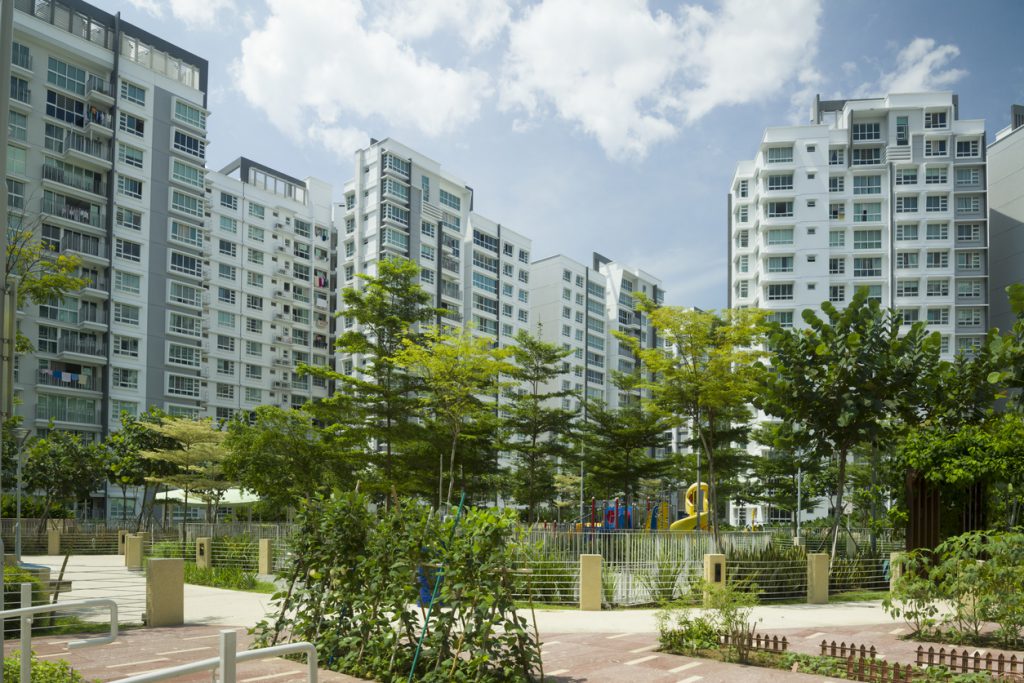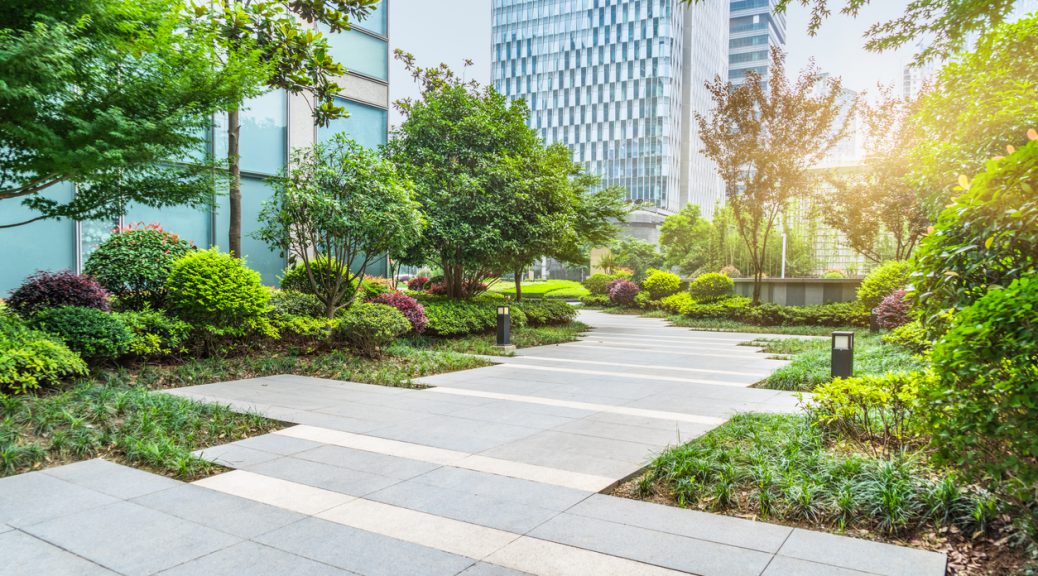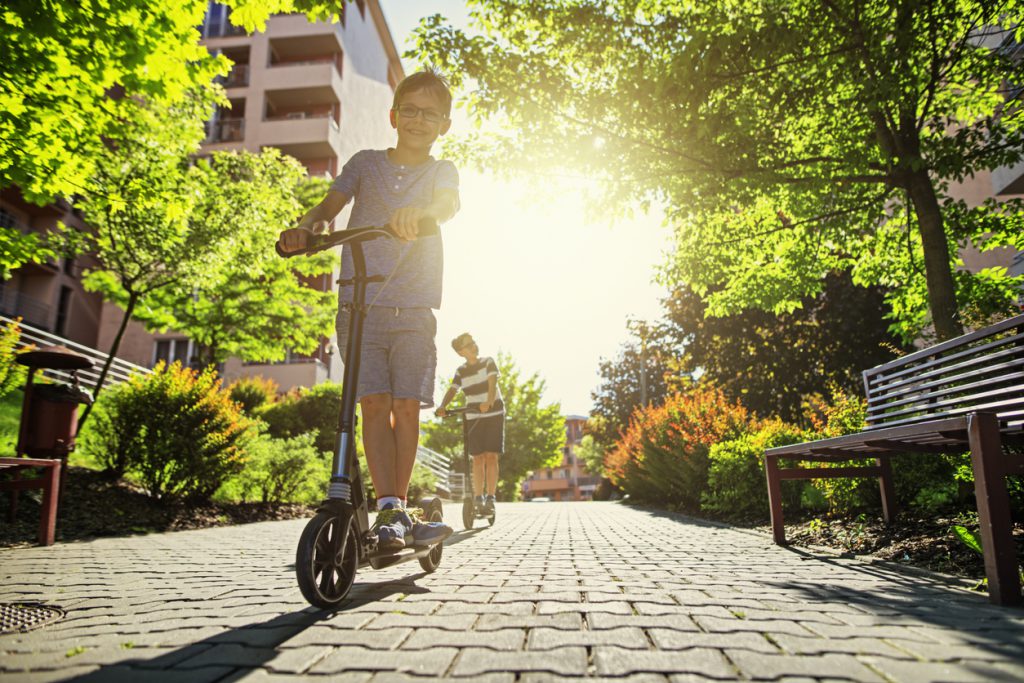To start the urban transition and make our cities more viable, we must become responsible citizens. Eco-neighborhoods were designed to unite the different parts of the city, to rethink common spaces and to manage energy consumption. Here’s how and why you should live in an eco-neighborhood!
What is an eco-neighborhood?
 Eco-neighborhoods are a new way of building or rehabilitating cities sustainably. The purpose of eco-neighborhoods is responsible economic urbanization. The social, cultural and generational goal is to offer a pleasant living environment that respects the ecological footprint on the environment. Eco-neighborhoods benefit from a range of services and businesses to integrate housing/travel developments in accordance with community policies. They ensure:
Eco-neighborhoods are a new way of building or rehabilitating cities sustainably. The purpose of eco-neighborhoods is responsible economic urbanization. The social, cultural and generational goal is to offer a pleasant living environment that respects the ecological footprint on the environment. Eco-neighborhoods benefit from a range of services and businesses to integrate housing/travel developments in accordance with community policies. They ensure:
- Housing,
- Businesses,
- Shops,
- Services: doctors, hospitals, home help…
- Public transport: bus, train…
- Schools: elementary schools, high schools, CEGEP…
- Sports and cultural venues: stadiums, theaters…
The goal is to meet the entire neighborhoods’ needs
Have a look to Via Capitale EcoBrokers
What are the biggest issues?
Today’s eco-neighborhood is based on the following principles of eco-citizenship:
- Ensuring environmental objectives by integrating them into the city, territory and turning to eco-construction,
- Using reasonable modes of transportation by multiplying pedestrian lanes, bike paths, roads and connecting them with nearby towns,
- Ensuring urban biodiversity,
- Focusing on renewable energy, produce locally and control energy consumption,
- Managing and controlling water long term,
- Limiting and treating waste,
- Ensuring a social and intergenerational mix…
How does an eco-neighborhood work?
The idea of living in an eco-neighborhood is to live better in a responsible habitat in order to reduce its ecological footprint and manage its carbon footprint. To meet these objectives, you need to know how to go about living in an eco-neighborhood:
- Get involved in neighborhood life; exchanging with others can be enlightening,
- Share spaces with your neighbors; vegetable gardens, garages, shelters… and handiwork or gardening,
- Choose to eat as locally as possible in order to reduce the transport footprint on your diet,
- Play the soft mobility card: walk and ride your bike as much as possible for your travels. Use public transport or carpooling,
- Don’t use any environmentally toxic products…
Eco-neighborhoods must be a place of exchange and hospitality with respect for the environment
Who can benefit from eco-neighborhoods?
Eco-neighborhoods are still in the experimental stage, but they are growing all over the world, especially in Quebec. The goal of eco-neighborhoods is to ensure a social, cultural and generational mix, so everyone can benefit from it. The only condition is to take ecological action and to be in line with the objectives of the eco-neighborhood. There are many projects that can allow you to participate from the very beginning, to see the evolution and above all to be a part of it.
Do you feel the need to live differently? Rethink your way of inhabiting the earth, of using its resources and take the plunge!

